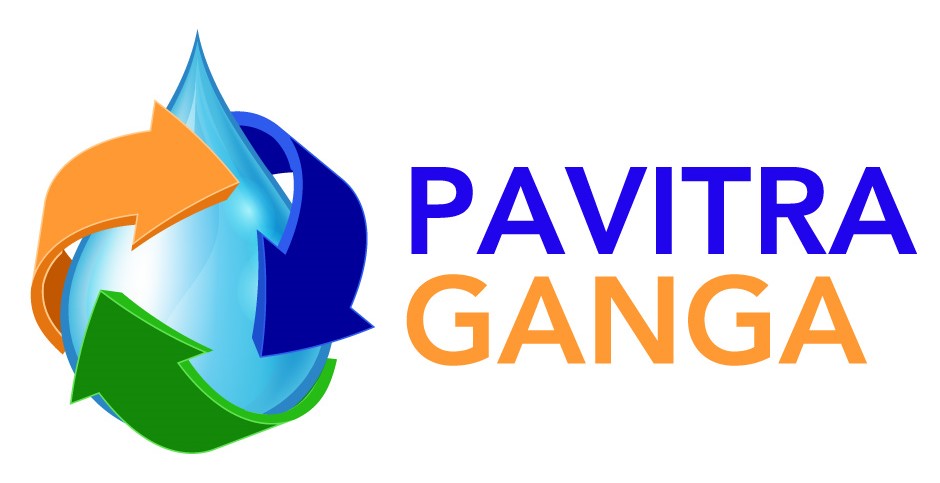Wastewater treatment
For India, it is estimated that only 30% of the sewage from major cities and 60% of the industrial wastewater, mostly from large-scale industries, receives a treatment.
Discharge of untreated wastewater has resulted in contamination of 75% of all surface water bodies in India. Due to insufficient treatment capacity and to generate some benefits, partly treated or untreated wastewater is widely used in agriculture for irrigation and as source of nutrients. But this creates health risk and leads to pollution of the fields.
Insufficient sanitation and increasing water demand
Insufficient sanitation is a particular issue for the poor population with less than 50% of the Indian population using sanitary facilities.
While pollution results in progressive deterioration of water qualities, water demand is projected to increase from 813 billion cubic meters per year in 2010 to 1.447 billion cubic meters per year in 2050. The total utilizable water resources in India have been estimated to be around 1,123 BCM/year (Kaur et al. 2012) leaving an ever-increasing gap to fill.
Paradigm shift
At the same time, water supply from groundwater has become unsustainable in many regions in India with water levels declining steadily.
This enormous challenge that India faces, requires a paradigm shift from today’s linear “take-use-waste” approach to a circular water management.
Namami Gange and Pavitra Ganga
The Indian government has started the Namami Gange programme in line with the sustainable development goals (SDG), including the improvement of wastewater treatment.
PAVITRA GANGA links directly to these programmes and builds on existing cooperation between the European Union and India and supported by national governments in Europe.
